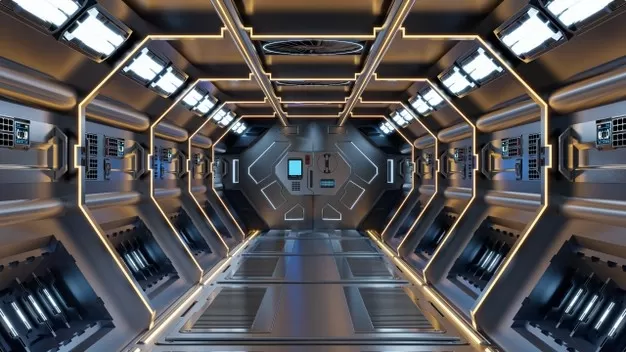Have you ever visited a website that made you stare at it in awe of its greatness? There are many things to keep in mind for making a better website rather than a sloppy one, from colors to fonts to graphics. This article helps you to improve your site’s elements. Read on to learn all of the techniques that you can use.
Don’t try to fit too much onto one page when designing a website. If your page is too busy, it will take a lot longer to load and can overwhelm visitors. When you’re putting up much content, create pages for everything you can to reduce the clutter on your page.
Testing your website in every browser available is a great way to ensure it works as you wish for every visitor. While a certain element may look wonderful in Firefox, it may appear incorrectly on Internet Explorer, Google Chrome, or Safari. Before your website goes live, check to ensure that the pages display properly in all of the most popular browsers.
Give your visitors the ability to search your site to more easily find what they are looking for. If someone cannot find what they are looking for right away, their next thought will be to look for a search field. Put this somewhere obvious and include a search button.
Make sure that you use the right anchor text. The anchor text should clearly describe what the visitor should expect to see when he clicks on the link. For instance, if a link leads to your widget ordering page, the anchor text might read “Order widgets.” Specifically, avoid using “click here” as anchor text.
To help you attract a more professional crowd to your site, make sure you design your site with no spelling errors. When designing the site, utilize a spell checker and, if need to, a grammar checker. If you have a site with poor spelling and grammar, people will not want to do business with you because they think it is unprofessional.
Keep the front page of your website simple. The look of your front page will help people determine if they want to stay on your site or leave it. Make your business description specific and provide unique offerings. Keep distraction to a minimum.
Build your website using a content management system. Knowing how to build a website using just HTML and CSS is good foundation knowledge, but this can only produce a static website. Web design has evolved into providing dynamic content. If you couple your coding skills with a content management system, you can practically build any website that you desire.
Be sure your website works with and without the “www” prefix. Some people will type this in before heading to your site as a force of habit, while others may not. It would be best if you made sure that customers will be directed to your site either way, or you may have some confused people on your hands.
You can create a site using free software. You can use many free tools to assist in building your website, so check into the software that is available to you. You need to do a little Internet searching to find some free tools that will work best for you.
If you have never designed a web page, try using pre-made layouts. These can easily be found online on several blogging websites like Blogspot or Tumblr. An interesting layout will draw attention to content and give the site a professional look. Just make sure your layout is appealing to your target audience!
You want to make your site content compelling and intriguing. The overall design is always important, but it’s even more important to use content that keeps visitors coming back for more. If visitors can find what they need, they will come back again at some point.
Do not use blinking, scrolling text, or other animations. Also, steer clear of sounds or music that plays automatically. All of these things are distracting to users and provide nothing of value. In addition, connection speeds vary from site visitor to the next, and everyone does not have the same speed. Those users with slower connections will resent the slow-loading elements of your site.
Creating a site map is an important part of the web design process. A site map is an effective way to inform visitors of the various kinds of content your website offers and is a great tool for navigating your website. Search engine crawlers will also utilize your site map for similar reasons, and therefore, including a site map will help boost your search rankings. Make sure your website has a site map and that it is through.
When designing a website with much text, choose your fonts wisely. While serif text will work well for a title or headline, the body of the text should be in a serif font, which is easier to read on a computer screen. Try to use common computer fonts such as Times New Roman and Ariel.
Avoid frames at all costs. Just don’t use them. While they can simplify your menu or header to appear throughout your site, the address bar won’t change on each page. This can make it impossible for your visitors to link to any specific page on your site.
PhotoShop is a popular application, and web designers must learn it. However, many overlook another program called Dreamweaver, which is extremely useful for web design. Do yourself a favor, and familiarize yourself with Dreamweaver and the benefits it can provide.
Conclusion:
The secrets are out, and you can now start building your website. Now that you have an idea in mind, it’s time to put all of the tools and ideas you admired on other sites to paper and create a rough layout of what to incorporate into your website design. Open your mind and let all of your ideas flow into the best design you could create.




